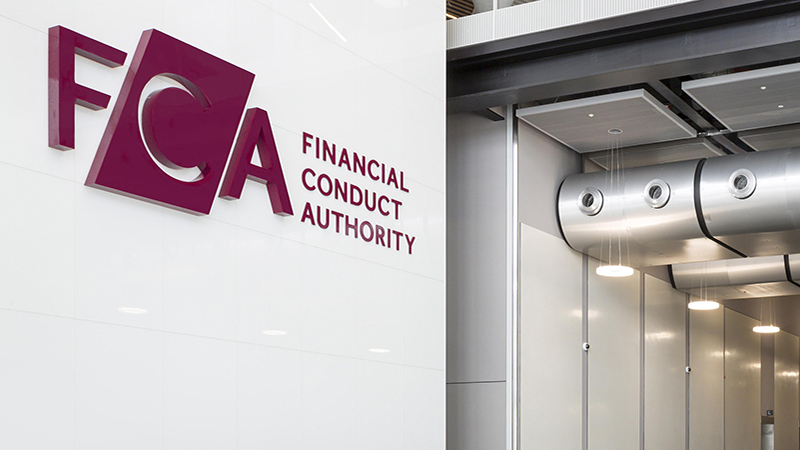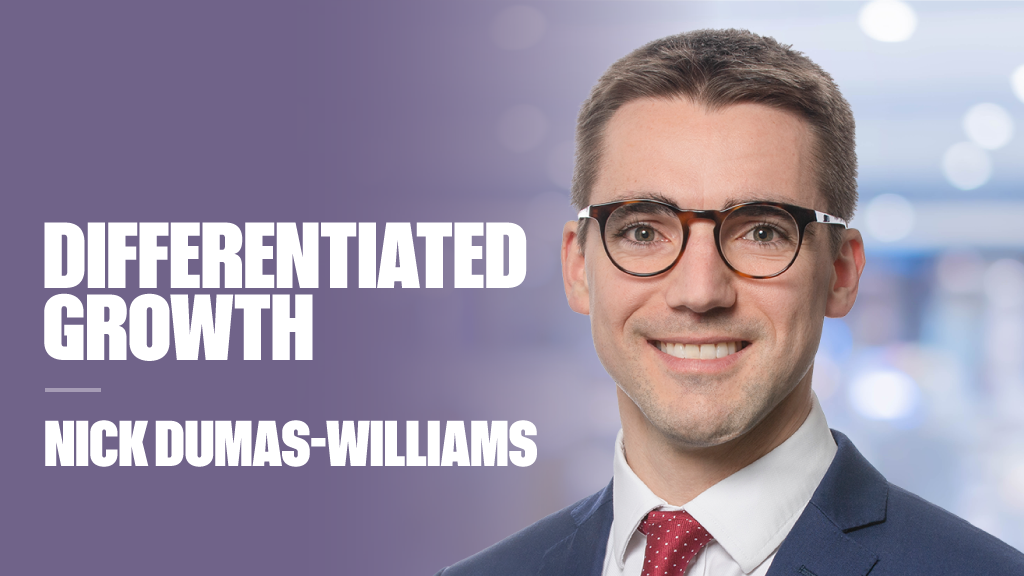After a good start to 2015, medium-risk portfolios finished the first quarter of 2016 almost exactly where they started, up by 0.02%. A creditable performance given the level of volatility seen during the three months: on the down side in January and into the beginning of February, then on the way back up in March.
The experience has left managers decidedly more wary than they were towards the end of 2015. Philip Lawlor, chief investment strategist at Smith & Williamson, says the firm decided at the end of March to strike a more cautious tone.
“There are a lot of things to be concerned about at present. There is residual risk from China to consider, valuation headwinds, the US election and, of course, Brexit,” Lawlor says. “So after February’s rebound we decided to take some of the risk off the table.”
In order to do that, the firm reduced its overweight to UK equities by 4.5% to a neutral position and trimmed its Japanese exposure. All of this was put into cash, a move that saw its cash holdings increase by 5.5%, giving Smith & Williamson some useful ammunition. “One of the ways to add value to a portfolio is to take advantage of anomalous price moves when volatility picks up,” Lawlor says.
In terms of the rest of its equity holdings, Lawlor says he is still overweight Europe, because it is attractive on a relative basis and has a slight overweight to emerging markets. He says the firm is neutral on the US.
Robin Johnson head of portfolio management, EMEA at Morningstar Investment Management Europe says defensive assets have been one of his team’s major consideration recently. “We have just been through an exercise in defining what defensive assets are. At present we see cash, local government bonds, local inflation-linked bonds, global government bonds and global corporate bonds being hedged back to sterling as defensive assets.”
According to Johnson, currency has become a significant consideration for asset allocators in recent months and is likely to continue to play a major role, which is why, on the defensive side, the firm is hedging exposure back to sterling.
While Johnson agrees that it is hard to get too excited about bond valuations, if the US and the UK were to move to a negative rate policy then bonds could move significantly from here.
“That is not our base case scenario but it is one you cannot rule out entirely, and it remains a big argument in favour of holding some government bonds,” he says. The firm also has a higher than usual allocation to cash, of 5%: “We would usually want to put that money to work within a moderate portfolio.”
At the riskier end, there is 3% in high-yield funds and 3.5% in emerging market debt. There is also 5% in what he terms ‘other fixed income’, which is made up of largely cash-plus and absolute return funds. But, Johnson says, the firm does not view its exposure to absolute return as part of its defensive bucket.











